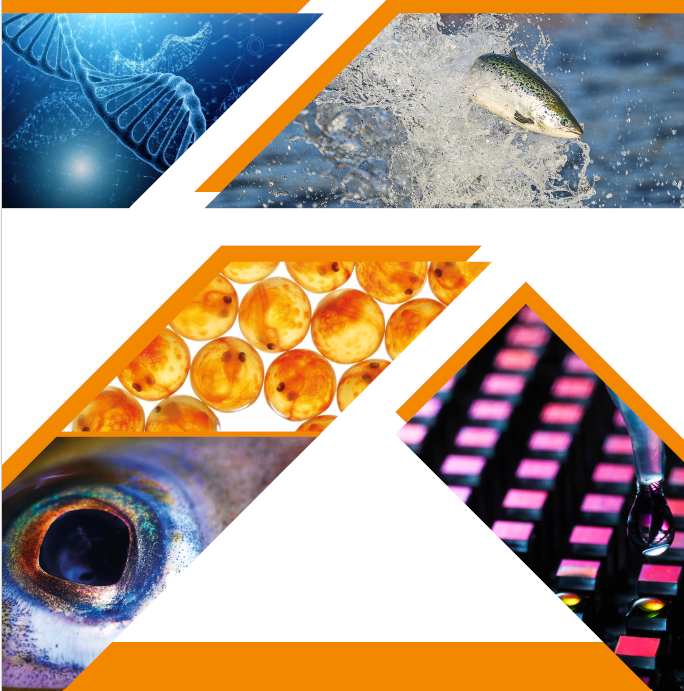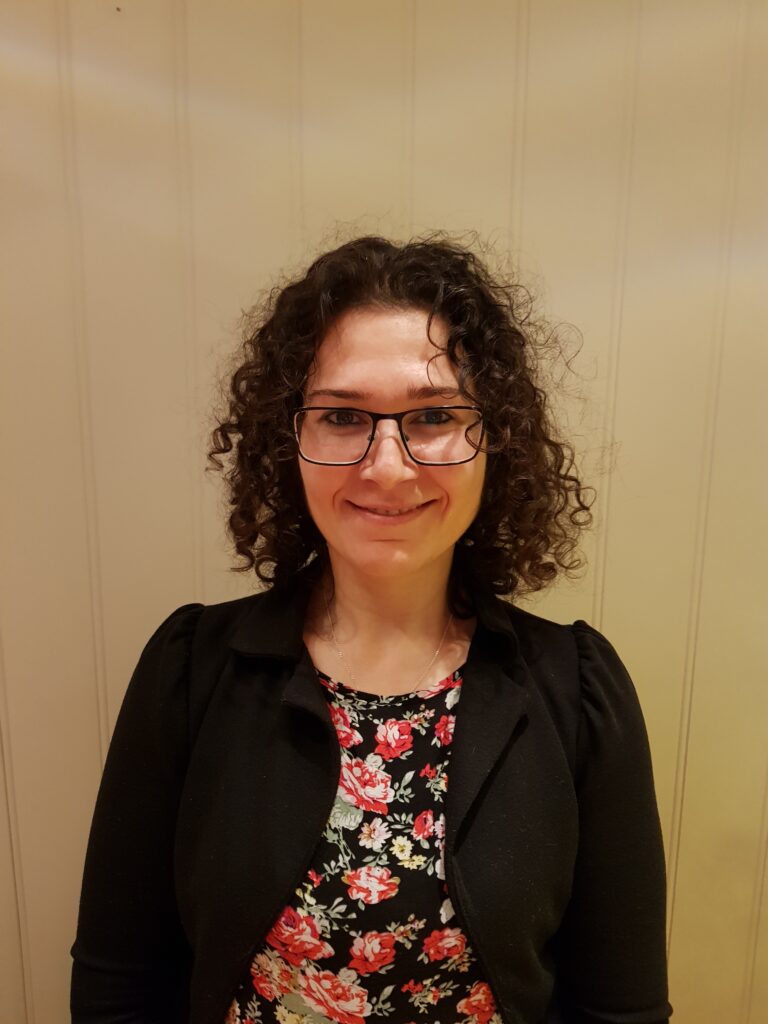Choosing shrimp genetics for your farm is like selecting the best players for a football game.
You need the best broodstock that are fit for the challenge.
Mr Doni Iswahyudi, is the proud farm owner of CV. Alam Citra Sarana Intam. We recently spoke to him about the improvements in survival rate that he has seen on his farm, despite problems with AHPND disease.
“For many years, disease has caused high mortality. Combined with a low price for shrimp, our profit margins are squeezed. These challenges ultimately cause a loss of profit”, he explained.
It is obvious that the shrimp price in the market is out of Mr Iswahyudi’s control. What he has managed to control is the survival rate of his shrimp and consistency in production.
This is where the power of the right genetics for the right environment comes in.
BMK YIELD® is adapted to modern farming conditions and designed to be a top performer under high stress and challenging disease environments.
When we use Benchmark Genetics broodstock, the farm achieves 90 metric tons of shrimp per cycle, higher than the previous cycle which was 80 metric tons per cycle. This is thanks to a higher survival rate.
Doni Iswahyudi, owner of CV. Alam Citra Sarana Intam farm
After two production cycles, the farm has also witnessed better performance and growth rates.
We understand that improved survival and consistency in performance are key to increasing your production and profitability. This is why we develop our shrimp genetics with your production needs in mind.
Do you need some support in choosing fast growing and robust shrimp fry for your farm to maximise your profit? Benchmark can help you. Contact Dedy Safari, our representative in Indonesia

With special thanks to Mr. Doni Iswahyudi and CV Alam Citra Sarana Intam in Situbondo, Indonesia. CV Alam Citra Sarana Intam was established in 1989 using monodon cultivation in a semi-intensive culture system. It was left unused between 1997 to 2012. Following this, the farm put back in production with vannamei.




